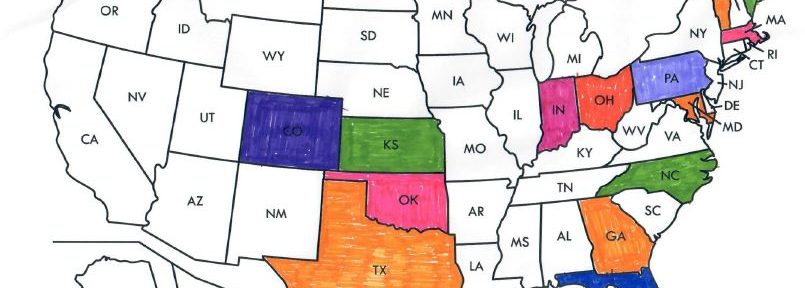Category: SOTA
-

HCRA/SOTA Jerks – 630 meter Challenge Results
Last fall HCRA and SOTA Jerks put forth a 630 meter challenge to our members. The idea and rules were simple. Get people interested in operating on the new band and offer a $100 prize for achieving the longest confirmed QSO. Yes, there were other rules but lets keep it simple. We’re all about simple!…
-
630 Meter Contest ends tonight at 6:59 PM (2359Z)!
Who will claim the $100 distance prize? Please submit your entry as follows: Submit your longest confirmed QSO to Jim Mullen via email or USPS by March 15th 2018 Email: kk1w.jim@gmail.com or USPS to 144 Tower Hill Rd, Brimfield, MA 01010 Enclose an SASE for return of any submitted cards No need to submit cards…
-
630 Meter Challenge
630 Meter Challenge – Halftime Update: The HCRA/SOTA Jerks 630 meter challenge crosses the halfway point January 1, 2018. So far close to a half dozen members have made QSO’s or SWL reports on our new, medium frequency (MF) band. Here’s a quick overview of their achievements so far along with station descriptions and photos.…
-
VLF Contest Announcement
HCRA & SOTA Jerks VLF Competition As you know the FCC has recently approved amateur radio use on the VLF (Very Low Frequency) bands starting September 15th, 2017. These bands are 135.7 to 135.8 kHZ (2,200 meters) and 472 to 479 kHz (630 meters). More information can be found about the authorization and bands…
-
New catagories for teh ARRL 10 meter and 160 meter contest.
This December’s ARRL 160 Meter and 10 Meter Contests complete the addition of new Single-Op Unlimited categories. All three power sub-categories: High Power, Low Power, and QRP are available. This means stations using spotting information will no longer be assigned to the Multioperator category. It also means there are quite a number of new records…
-
Adding Wifi to a KX3
Wifi inside a KX3 While browsing info on the ‘Piglet’ on Nick Garner’s Pignology web site the thought struck me, I wonder if I could install a version of the Piglet inside my KX3. I built my KX3 from a kit and never installed the battery holders or the internal charger. I’ve always operated the…
-
Successful New England SOTA Day
Thanks to the efforts of Nick (K1MAZ), the SOTA Jerks (NE1SJ) and all those who participated, we were able to pull off the inaugural New England SOTA Day. We had about 10 activators from around New England and Canada activate SOTA peaks all around the same time on August 10th 2012. Activators Include [table] Callsign,Name,Summit,Designation,Location…
-
SOTA Jerks “Introduction to SOTA” Presentation
Here is the presentation the SOTA Jerks present to local clubs (or anyone else willing to listen to us). Besides an introduction to SOTA the most important part could be the resource links at the end of the presentation. Feel free to download and use at your club meeting or event. Modification is fine, please…
